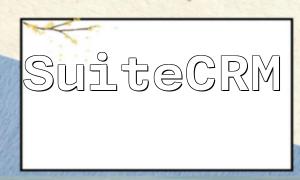Inheritance is a fundamental concept in object-oriented programming (OOP) that allows one class to inherit properties and methods from another. In PHP, inheritance helps reduce code duplication and facilitates the creation of modular, reusable components. This article demonstrates how to use inheritance effectively in PHP, with clear code examples to support each concept.
Inheritance typically involves a parent (or base) class and one or more child classes. The parent class contains shared attributes and behaviors, while child classes inherit these and may add or override them. Here’s a basic example:
class Animal {
protected $name;
public function eat() {
echo $this->name . " is eating.";
}
public function setName($name) {
$this->name = $name;
}
}
Now let’s create a Dog class that extends Animal and adds its own method:
class Dog extends Animal {
public function bark() {
echo $this->name . " is barking.";
}
}
One of the biggest advantages of inheritance is code reuse. You can define shared behavior in a base class and extend it as needed. For example, let’s add another method to the Animal class:
class Animal {
protected $name;
public function eat() {
echo $this->name . " is eating.";
}
public function sleep() {
echo $this->name . " is sleeping.";
}
public function setName($name) {
$this->name = $name;
}
}
Now, we can create multiple animal subclasses that reuse this common functionality:
class Cat extends Animal {
public function meow() {
echo $this->name . " is meowing.";
}
}
Each subclass can add unique methods, without having to redefine the shared logic.
Child classes can override methods inherited from a parent class to provide specialized behavior. For example, if dogs eat differently than other animals, we can override the eat() method:
class Dog extends Animal {
public function eat() {
echo $this->name . " is eating loudly.";
}
public function bark() {
echo $this->name . " is barking.";
}
}
This allows you to tailor the behavior of inherited methods to fit specific use cases.
PHP also supports multilevel inheritance, where a child class inherits from another child class. This allows for more complex and layered class architectures.
class GermanShepherd extends Dog {
public function guard() {
echo $this->name . " is guarding the house.";
}
}
In this case, GermanShepherd inherits behaviors from both Dog and Animal, allowing for rich and layered functionality.
Inheritance is a powerful tool in PHP that enables the development of flexible and maintainable code structures. By properly using inheritance and method overriding, you can create clean, reusable, and easily extendable classes that scale with your application. This article has covered the essential techniques for leveraging inheritance effectively in PHP development.









